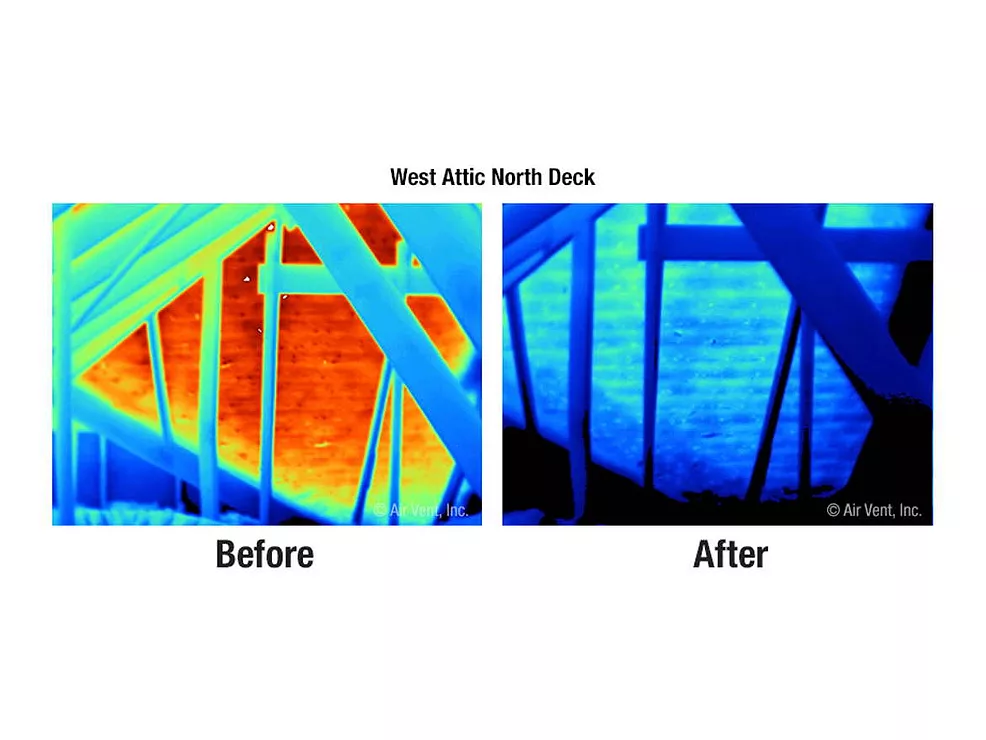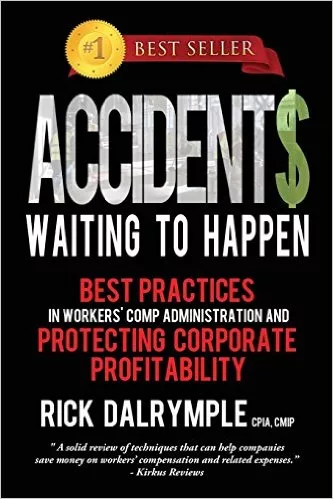Employers Struggle to Style Workable Employee Dress Codes


For many employers, implementing a dress code often makes sense. It allows companies to present a uniform and professional look to customers and clients, and to create a workplace where harassment is minimized by limiting clothing with potentially offensive slogans and words.
However, the National Labor Relations Board (NLRB) often takes a different view and has ruled that some dress codes infringe on “protected concerted activity,” which is protected under federal labor law. A recent NLRB ruling against a Honda dealership in Massachusettes demonstrates the NLRB’s typical position.
According to the “Dress Code and Personal Hygiene Policy” at Boch Honda, “Employees who have contact with the public may not wear pins, insignias or other message clothing.” Union employees claimed this prohibition was too broad and violated their right to engage in protected concerted activity.
In a recent 2-1 decision, the NLRB ruled that Boch’s dress code policy was overly broad and could be interpreted as banning the right to display union messaging. “Clearly, the Respondent’s proscription curtails employees’ Section 7 right to wear union insignia. As such, it is overly broad…” read the NLRB ruling, which clarified an earlier ruling by an NLRB administrative law judge.
“Absent special circumstances, then, it is unlawful. Regarding insignias and message-bearing clothing, the judge found that the Respondent’s asserted interest in maintaining its public image did not constitute a special circumstance justifying its prohibition.”
For companies that want to create a safe, harassment-free, professional work environment, the NLRB’s ruling in the Boch case presents challenges to achieving these goals. In order to avoid problems, employers need to understand the issues involved and carefully craft their dress code policies.
The NLRA, Unions, and Clothing
According to the NLRB, “The law we enforce gives employees the right to act together to try to improve their pay and working conditions, with or without a union. If employees are fired, suspended, or otherwise penalized for taking part in protected group activity, the National Labor Relations Board will fight to restore what was unlawfully taken away.”
This applies to areas that may not seem to have anything to do with union activity, such as dress codes. Although many employers may be unaware of these issues, unions are very familiar with employees’ rights under federal labor law.
For example, the United Food and Commercial Workers International Union (UFCW) says on its website, “Members who do not work in processing plants possess broad rights to wear stickers or buttons while working in work areas or on salesfloors.” The UFCW goes on to state that, unless there are there are very specific “special circumstances,” companies are not allowed to restrict these rights. Those circumstances can include threats to discipline, safety, damage to property or product and public image. Unfortunately, the courts and the NLRB have set a high bar for companies attempting to claim any of these exemptions.
The Boch Ruling
In 2010, Boch Honda created an employee handbook that laid out rules for a dress code and social media use, among other things. The social media policy required employees to identify themselves when posting comments about Boch, its business, or a policy issue. It also banned employees from using Boch’s logos in any way. Boch’s employee handbook also contained the rule on dress codes and personal hygiene, prohibiting employees who have contact with the public from wearing pins, insignias, or other message clothing.
In June 2012, the local International Association of Machinists & Aerospace Workers filed an unfair labor practice against Boch, claiming that some of the rules in the handbook were overly restrictive and violated federal labor law. Working with the regional office of the NLRB, Boch modified its handbook in 2013 and changed the policies on social media, but did not remove the prohibition on clothing. Among other things, the company argued that pins and buttons were banned because technicians working on vehicles could lose a pin in the engine, or the pin could scratch the paint or damage the interior of the car.
The case went before an NLRB administrative law judge in January 2014, who found the prohibition on pins did not violate the NLRA. However, according to ruling, the company’s ban on insignias and other message clothing was illegal.
The case then went before a three-member panel of the NLRB. Two of the three members sided with the judge that the ban on insignias and other message clothing was illegal. In addition, they ruled that the ban on pins was illegal. “As written, the rule applies to employees who have contact with the public, regardless of whether they come into contact with the Respondent’s vehicles,” NLRB Chairman Mark Pearce and Board Member Kent Hirozawa wrote in their ruling: “Indeed, the rule applies to employees who do not typically have contact with vehicles (e.g., finance and administrative personnel), and to other employees during their performance of tasks that do not require vehicle contact.”
The ruling also noted that the facts don’t show that wearing pins has actually caused damage. “Rather, they state that “[t]he purpose of the Dress Code/Personal Hygiene Policy is to ensure that employee dress and personal hygiene are consistent with their job function and the Company’s interest in presenting a professional image to the public.”
The panel ruling also looked at the social media rules again and found the 2010 version to be overly broad. Since changes in the social media policy had been included in the 2013 handbook revision, the latest NLRB ruling required Boch to inform employees that it had violated the NLRA.
Next Steps
Employers should be aware that parts of their handbook may be subject to challenge and could be invalidated by the NLRB. To avoid this, companies should take several steps:
1) Review current policies
The NLRB is scrutinizing more and more companies to see if their policies are overbroad or vague. Working with HR and legal counsel, employers should carefully review their current handbooks to see if any sections could raise issues. Any rules that focus on the employees’ rights to wear clothes or buttons with slogans, as well as restrictions on the use of social media, should receive special review. If in-house or outside counsel identify any potential legal issues, the company should begin revisions immediately.
2) Regularly train employees and managers
Once handbooks have been updated, companies should have regular training sessions for all workers, so that everyone understands their rights under the rules. Supervisors and managers, especially, should be trained on all such issues, and the company should explain to supervisors and managers why the company made the changes it did.
3) Even non-union companies should prepare
The NLRB’s reach extends beyond unions, and it is increasingly asserting its jurisdiction over companies that do not have any union employees. Consequently, all companies should take a fresh look at their handbooks.
For companies worried about striking the right balance between employee rights and a professional, safe environment, the Boch ruling only offers further headaches. Proceeding carefully and thoughtfully, with the advice of trusted professionals, is the best course to avoid trouble.
Looking for a reprint of this article?
From high-res PDFs to custom plaques, order your copy today!





